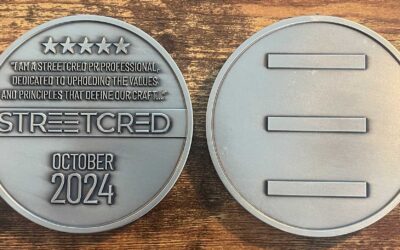Word on the Street
Welcome to the StreetCred PR Blog! We hope you will find our posts informative, insightful and inspiring, whether you are using PR as a part of your marketing program, or are just curious about how the game is played (the right way).
No Spin Zone: Let Ethics be Your Guide
Ask an average person to describe a public relations (PR) practitioner, and their reply might include the term “spin doctor.” Early in my career, I held that same misconception; however, as I learned more about the industry’s core values, it became clear that ethical...
Maximizing Earned Media: The Power of Social Media in a Financial Firm’s Playbook
Public relations (PR) is a contact sport, and the importance of making each play as effective as possible cannot be overstated. For financial firms, including registered investment advisors (RIAs), insurance companies, asset managers, and others, the ability to...
Creative Power Plays: How Financial Brands Can Use Bold Visuals to Break Through the Noise
Let’s face it: the financial services industry doesn’t exactly capture the public imagination in the same way that some sectors do – unless we’re talking scandal-driven dramatizations à la The Wolf of Wall Street and The Big Short. For many, the industry is still...
Insights from Our Journey as a Remote PR Agency
This content was originally published on the Bulldog Reporter. The shift to remote work has transformed countless industries, and PR is no exception. Running a fully remote financial PR agency comes with undeniable perks but also some unique quirks. It takes a little...
Clarity as a Competitive Edge for Advisors and Wealthtech Firms
READ FULL ARTICLE AT WEALTHMANAGEMENT.COM In today’s information-saturated world, clarity isn’t just nice to have—it’s a competitive advantage. Too often, financial advisors and wealthtech firms bury their value in jargon and complexity, making it harder for clients...
From Avionics to Financial Public Relations: Precision, Passion and the Power of a Unified Team
In early 2004, I was driving out to Los Angeles with my girlfriend Annie–who would later become my wife–in possession of two skills. I could disassemble, repair and reassemble Naval aircraft avionics equipment; I could also discuss French and Italian red wines and...






